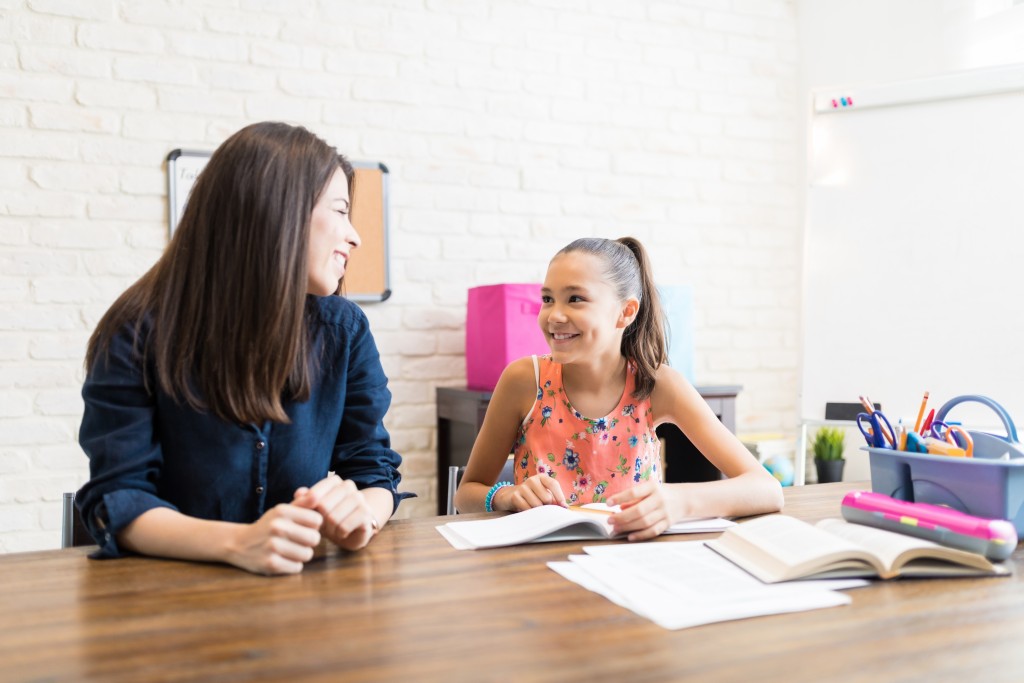With schools and academic institutions unsure of how they should operate during the pandemic, both parents and students are left to ask if it’s worth staying in the traditional system. Reopening classrooms, even in a reduced capacity and frequency, can still spark a new wave of infection. The small space and inadequate ventilation systems are favorable for the virus to wreak havoc. Meanwhile, operating on pure distance learning brings a load of problems such as poor connectivity, bad screen time, and intrinsic inequity.
Homeschooling and independent learning have become attractive alternatives to continue education while abiding with safety protocols. There is a myriad of benefits if parents follow this route. For one, they are free to tailor the curriculum to the learning styles and progress of their children. Another plus point is the focused attention and environment students can experience, which is not possible in traditional schooling, with an average of 24 students to one teacher.
However, before parents can shift to homeschooling, they must decide on what method works the best for their children. Not all styles are created equal or have the same effect. Here are the top two ways:
Classical Method

Considered as a popular homeschooling approach, the classical method follows the three development phases of learning: (a) the grammar stage, (b) the logic stage, and (c) the rhetoric stage. It makes use of how children learn and process information at the different stages of life.
The grammar stage focuses on absorbing facts through reading, memorization, and repetition. That creates the foundation needed for the next two phases. For the logic stage, analytical thinking is given precedence. Exercises deal with questioning what they observed and finding patterns and relationships to arrive at reasonable conclusions. Meanwhile, the rhetoric stage has students learn about effective ways to reason out their opinions and realizations. Typical activities include debating, essay writing, presentations, and discussions about current events.
One of the strengths of the classical method is its emphasis on logic and critical thinking, which are necessary skills for students to have. They are also exposed to philosophy and history at a young age instead of waiting until college to peruse the knowledge of the great classical thinkers like Aristotle and Plato.
Unschooling Method
On the other end of the homeschooling spectrum is the unschooling method. It is a freer form of learning where education is centered on the student’s passion and interests, whether it’s taking piano lessons or coding their first website. Activities are usually experiential and hands-on, incorporating a lot of traveling, playing, and mentoring. However, freedom doesn’t mean that basic subjects such as language, math, and history aren’t incorporated into the curriculum. They are only presented in more interesting and practical ways, without giving priority to traditional testing and evaluation.
The appeal of the unschooling method comes from its multi-dimensional approach. Students can explore their interests early on, without being restricted by a school system. It also celebrates creativity and innovation rather than normalcy and complicity.
Homeschooling might seem easy to implement at first glance, but parents exploring this alternative to traditional education will need to give the practice extra thought and care. They have to choose the best homeschooling method for their children’s personality, skills, and studying habits.

